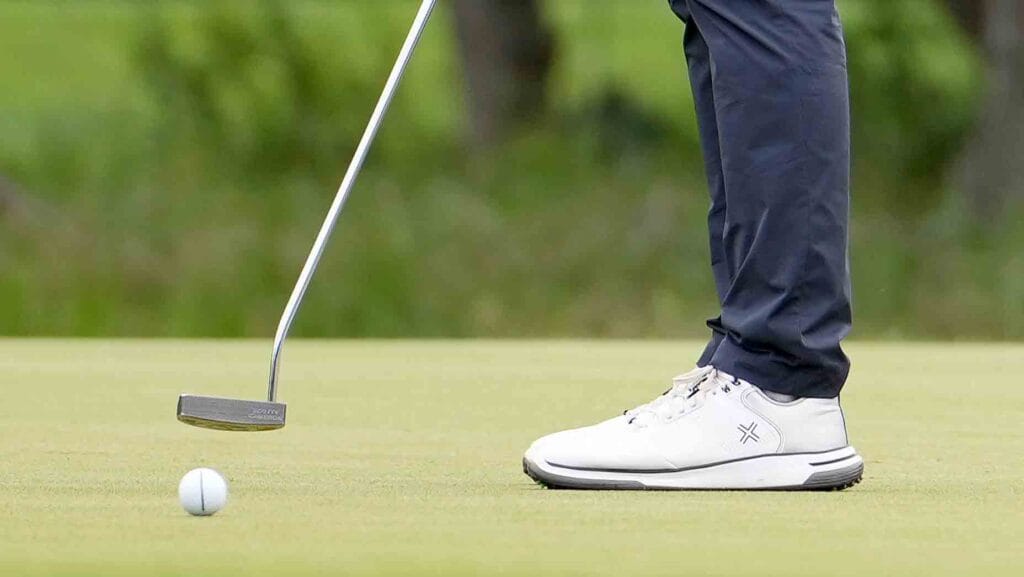Many golfers focus on perfecting their swing, speed, and line when it comes to putting, but Parker McLaughlin, a GOLF Top 100 Teacher to Watch, emphasizes the importance of eye placement in the putting setup. In a video posted on his Instagram page, McLaughlin stresses that eye placement is a “non-negotiable” aspect of putting. He suggests that players should start with their eyes on the ball or slightly inside the ball at address, as this is a common trait among the best players on the PGA Tour and LPGA Tour. By starting with proper eye placement, golfers set themselves up for success throughout their putting stroke.
To test your eye placement, McLaughlin recommends a simple drill where you grab a ball, hold it near your eyes, and drop it to see where it lands. This feedback can help you determine if your eye placement is correct. Additionally, last year, GOLF.com wrote an article titled “The mysterious phenomenon of eye dominance (and how it messes with your swing!),” which explores how eye dominance can impact alignment in both full swing and putting. Understanding your dominant eye can provide insight into any alignment issues you may be experiencing on the golf course.
While fundamentals like eye placement may seem mundane, they play a crucial role in making golf easier and more consistent. Aim and alignment are often overlooked aspects of the swing, but even minor adjustments can have a significant impact on your game. Alignment issues can arise when the dominant eye and dominant hand are on the same side, causing difficulties in aligning correctly with the target. Players who are cross-dominant, with their dominant eye opposite their dominant hand, may have an easier time aligning themselves at address without needing to turn their body to compensate for their dominant eye’s position.
The Titleist Performance Institute explains in a video that players who are right-handed and right-eyed may have difficulty aligning properly due to their nose obstructing their view of the target. This alignment issue can lead to inconsistencies in ball striking and accuracy. On the other hand, players who are cross-dominant have a natural advantage in alignment as they can look at the target without needing to adjust their body position. By understanding their dominant eye and how it affects alignment, golfers can improve their setup and ultimately enhance their performance on the course.
If you struggle with alignment or consistency in your golf game, it may be worthwhile to determine your dominant eye and assess how it impacts your setup and alignment. By making small adjustments based on your eye dominance, you can improve your ability to align correctly with the target and ultimately improve your overall performance. Eye placement may be an often overlooked aspect of putting and full swing mechanics, but mastering this fundamental can lead to more successful and enjoyable rounds on the golf course. Next time you step up to the ball, consider the positioning of your eyes and how it can impact your game.


